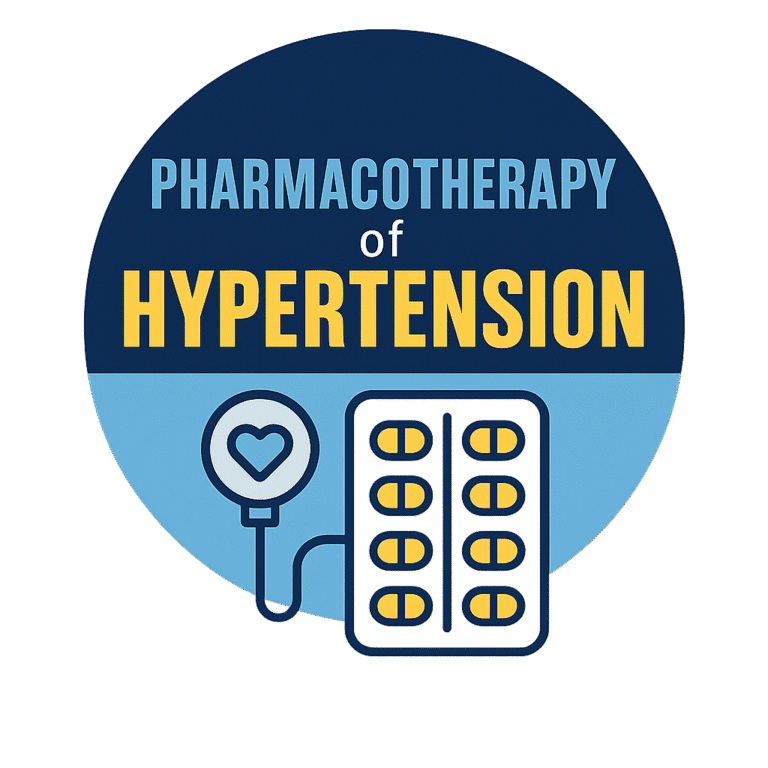Features of Simple Competitive Antagonisms
Competitive antagonism is a type of drug interaction that occurs when an agonist and an antagonist compete for the same binding site on a receptor. An agonist is a drug that increases the activity of the receptor and produces a response, while an antagonist is a drug that blocks the receptor and prevents a response. In this post, we will explore the features of simple competitive antagonisms, Also, how can dose-response curves represent it.
Definition and Characteristics of Simple Competitive Antagonisms
A simple competitive antagonism is a reversible and surmountable interaction between an agonist and an antagonist. This means that the antagonist can be displaced from the receptor by increasing the concentration of the agonist and that the maximum effect of the agonist can still be achieved in the presence of the antagonist.
Some of the features of simple competitive antagonisms are:
- The affinity of the antagonist for the receptor determines the potency of the antagonism. The higher the affinity, the lower the concentration of the antagonist needed to inhibit the agonist.
- The efficacy of the agonist for the receptor determines the degree of the antagonism. The higher the efficacy, the more resistant the agonist is to the antagonism.
- The concentration of the agonist determines the extent of the antagonism. The higher the concentration, the more likely the agonist is to overcome the antagonism
Dose-Response Curves of Simple Competitive Antagonisms
A dose-response curve is a graphical representation of the relationship between the dose or concentration of a drug and the effect or response it produces. A dose-response curve illustrates the features of simple competitive antagonisms.
Competitive Antagonism, where both the agonist (Isoproterenol) and the antagonist (Propranolol) bind reversibly to the same receptor subtype (β-adrenoceptor). Therefore, In the presence of the competitive antagonist Shift the dose-response curve to the right in a parallel manner.

Some of the features of the dose-response curves of simple competitive antagonisms are:
- The shape of the curve of the agonist alone is hyperbolic, which means that the response increases rapidly at low concentrations and then reaches a plateau at high concentrations.
- The shape of the curve of the agonist in the presence of the antagonist is also hyperbolic, but it is shifted to the right, which means that a higher concentration of the agonist is needed to produce the same response.
- The maximum response of the agonist is not affected by the antagonist, which means that the plateau of the curve remains the same.
- The antagonist reduces the potency of the agonist, which means an increase in the EC50 of the curve. The EC50 is the concentration of the agonist that produces 50% of the maximum response.
- The degree of the rightward shift of the curve depends on the concentration of the antagonist. So, The higher the concentration, the greater the shift
Conclusion
Simple competitive antagonisms are reversible and surmountable interactions between an agonist and an antagonist competing for the same receptor binding site. The character is a reduction in the potency of the agonist, but not in the maximum response. As well as, the representation by dose-response curves that are making the shift to the right by the antagonist.
- Sympathomimetic drugs (Part II)
- Pharmacokinetics calculations (live)
- Test 1
- Be ready for the coming KAPS exam
- COVID-19 vaccines





